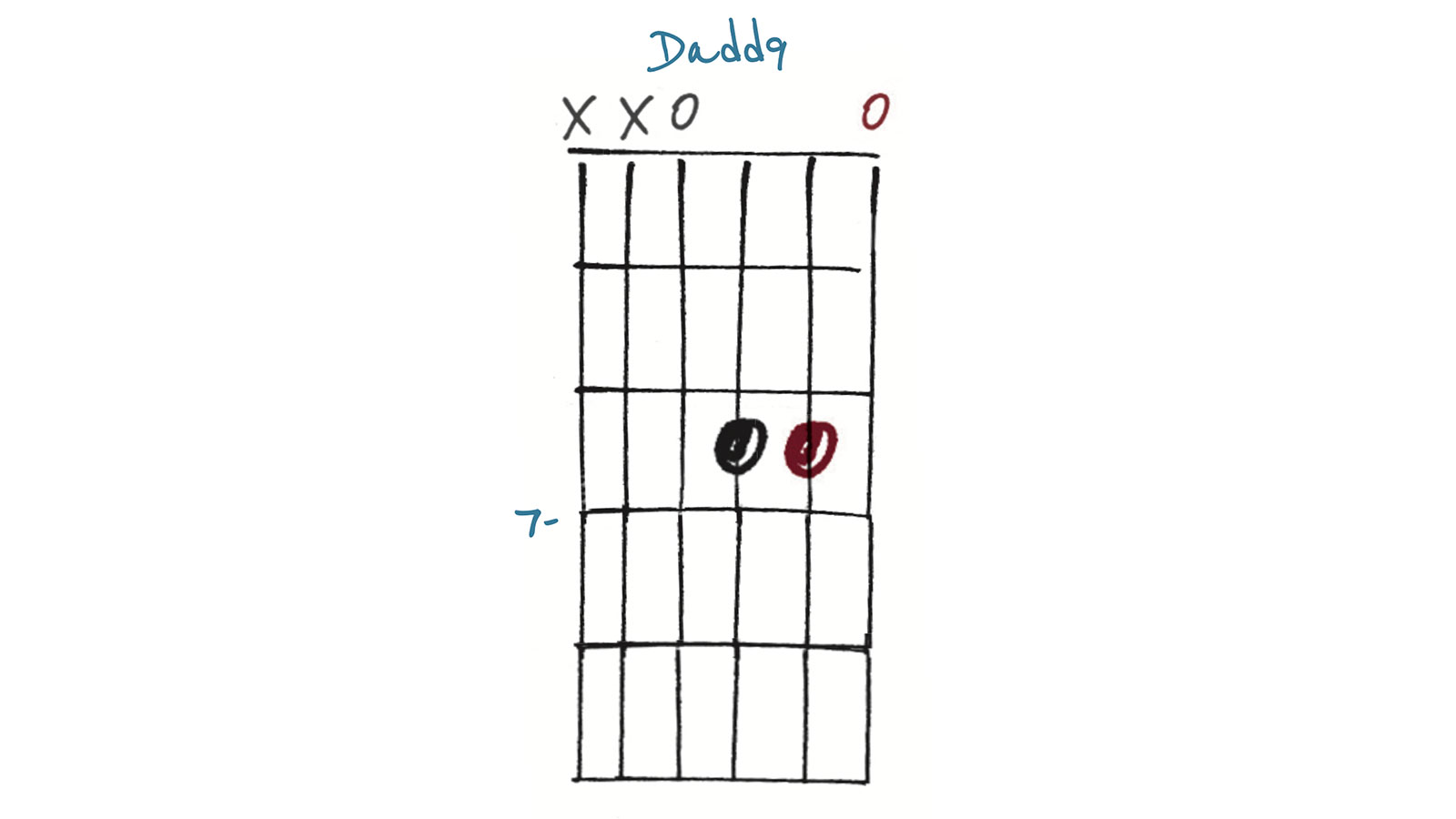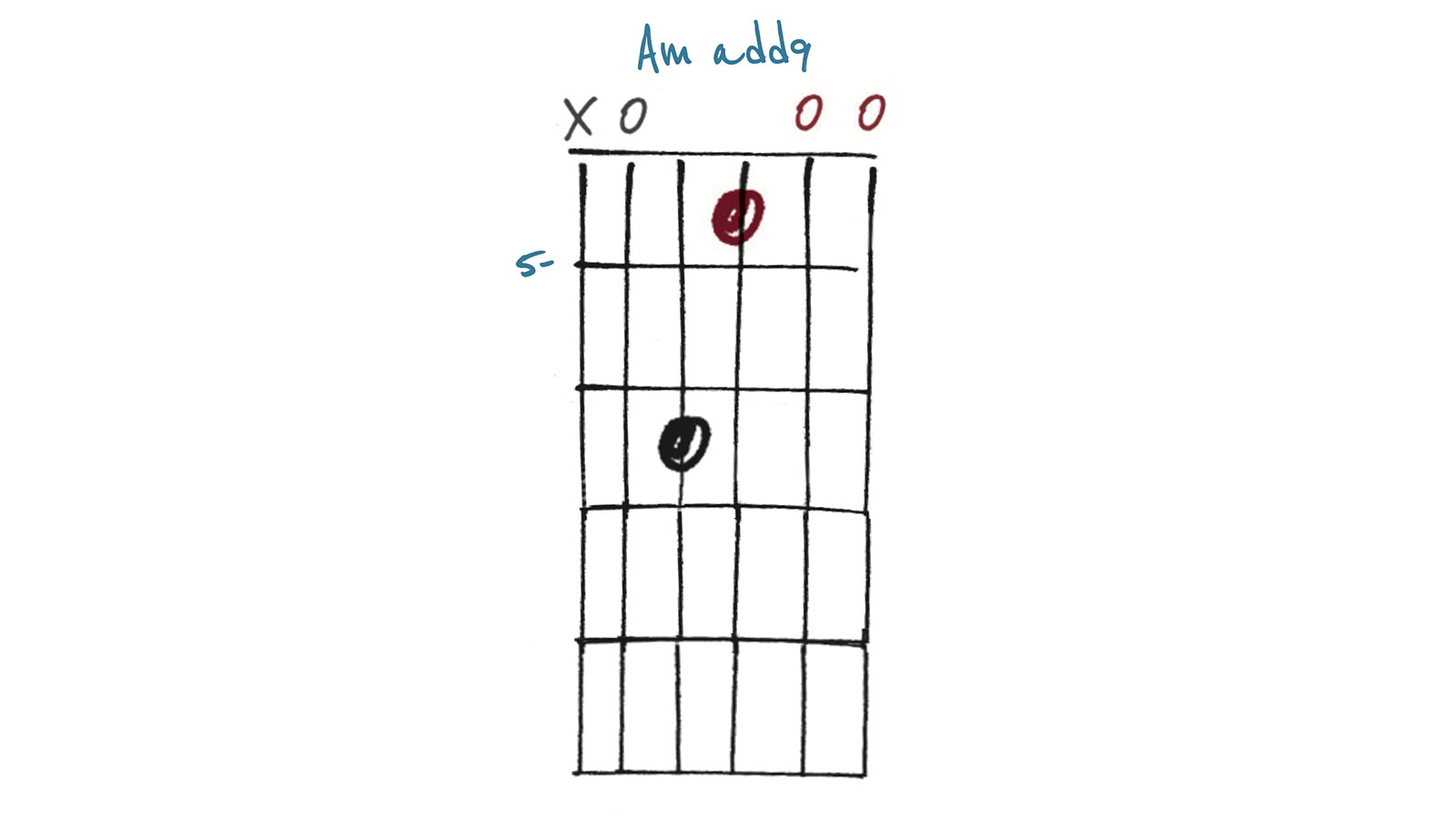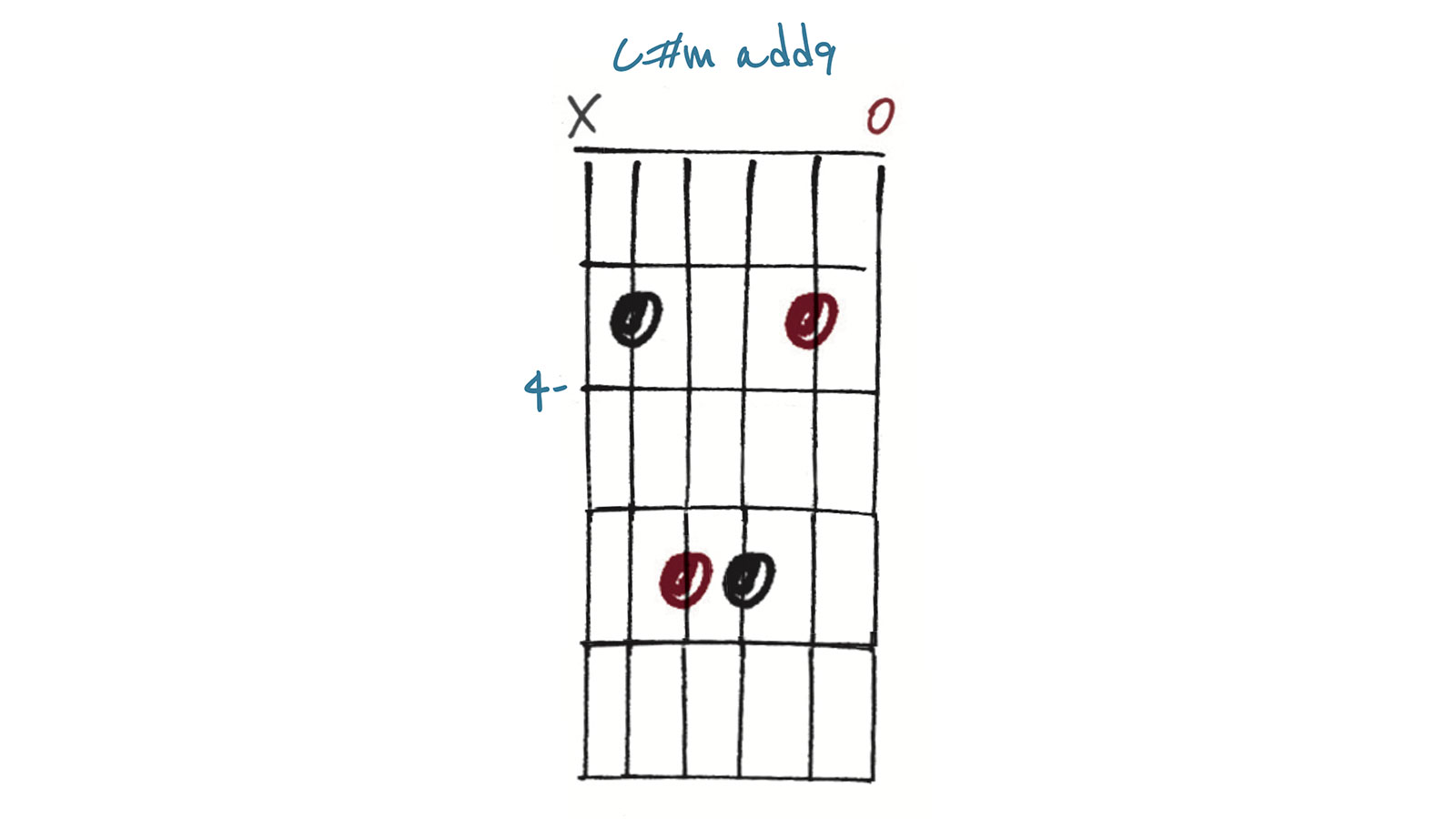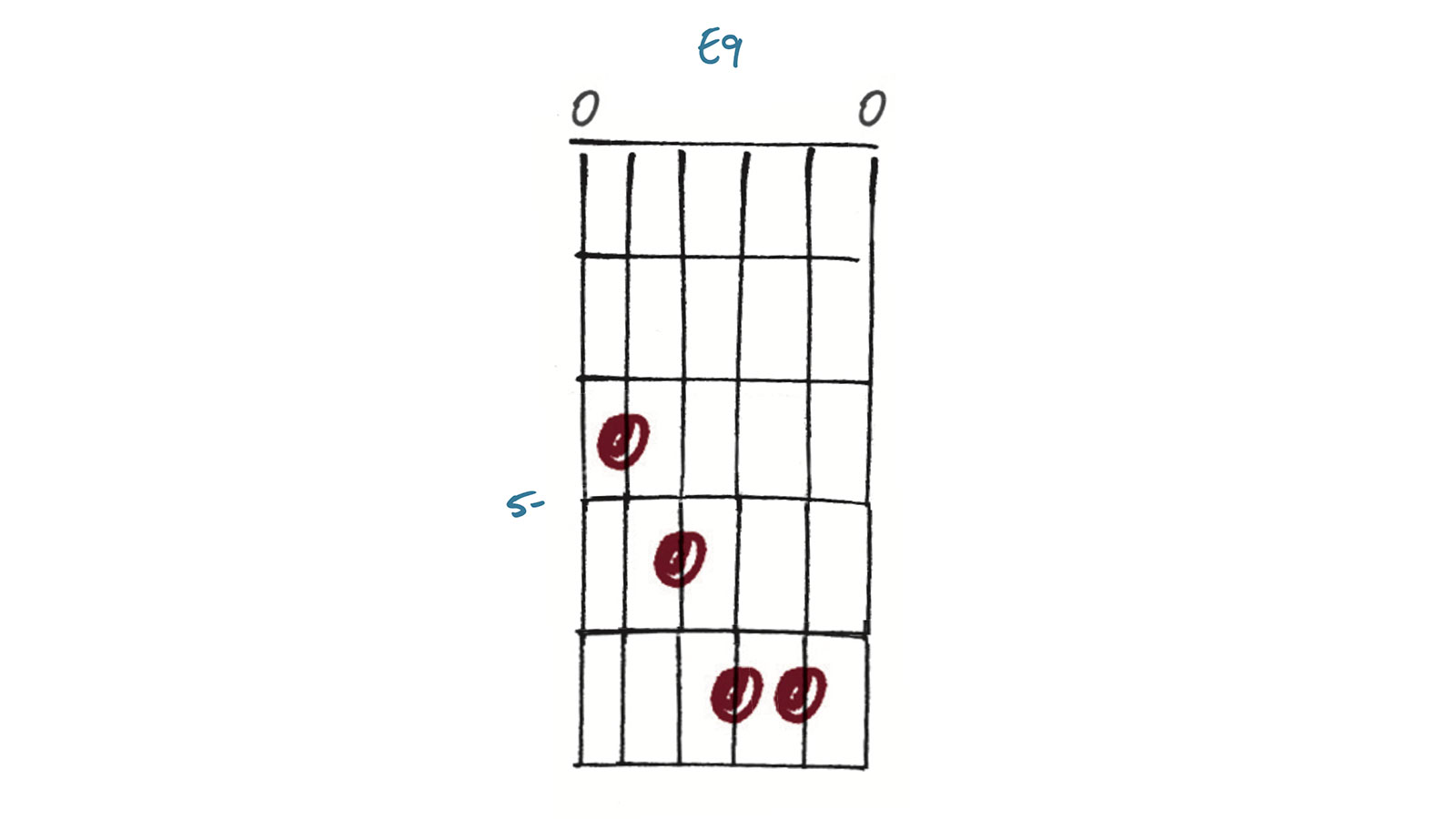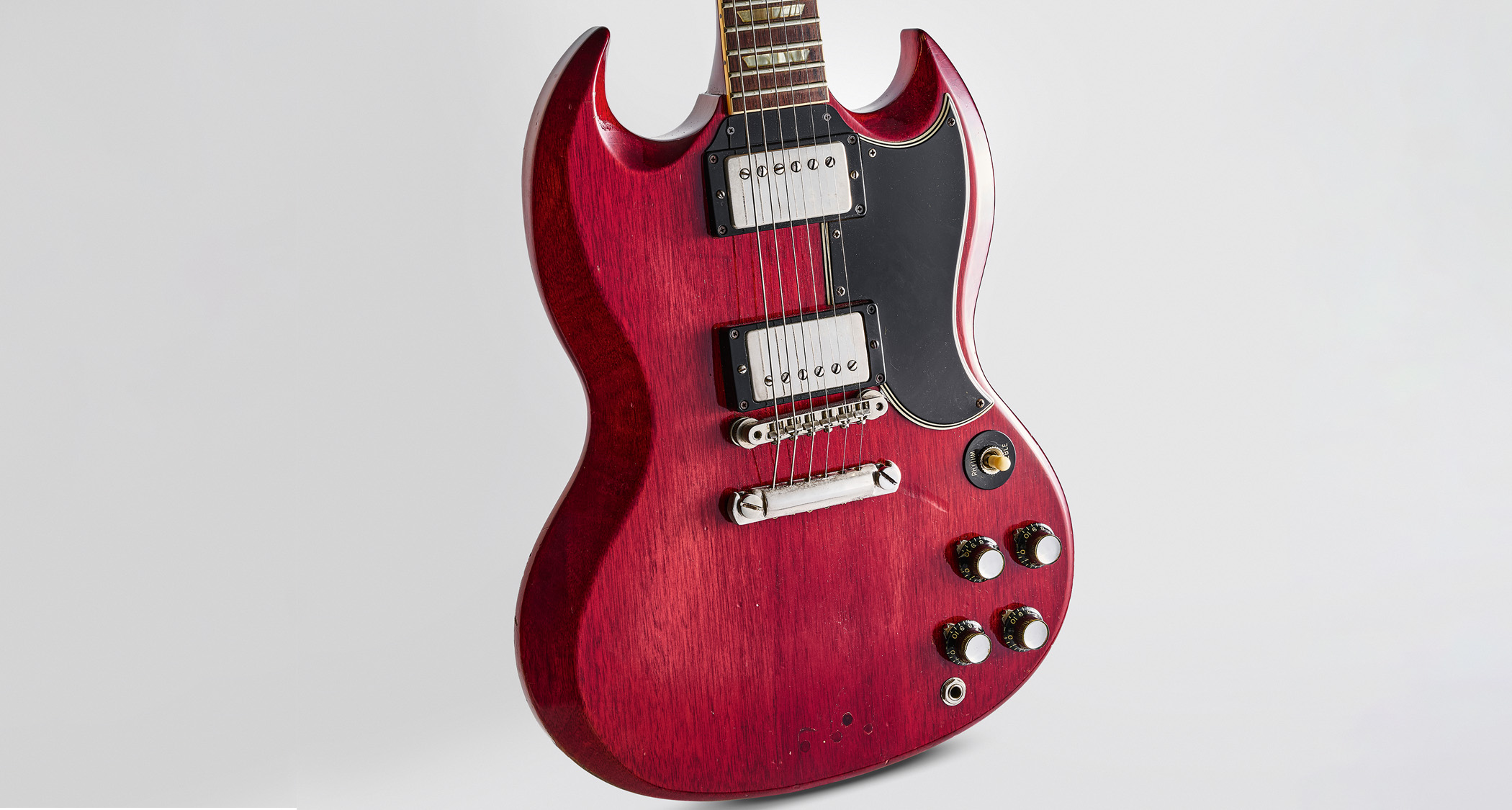How to apply consecutive scale tones in your playing with cluster chords
Five inspirational ideas to take cluster chords out of the realm of fretboard theory and into something you can put into practice

A cluster is the name of a chord that contains at least three consecutive scale tones, and these may well be dissonant – a semitone apart, for example.
As you may expect, there are many ways to approach this concept and they involve a systematic approach to harmonized three-note triads. This is great on piano, but on a non-linear instrument such as the guitar, these methods of study – useful though they are – can leave you wondering how to apply the concepts in a ‘real world’ scenario.
That’s where these chords come in. I have included examples with as little as four and up to all six strings. Admittedly, the open strings have played a large part here, as I wanted the chords to sound complete without any other accompaniment.
However, as with so many chord shapes, omitting the root or avoiding open strings can render shapes movable to any key – but that’s a subject for another time. I hope you enjoy these chords and that they inspire a new idea or two!
Example 1: Cadd9
This Cadd9 lays the three consecutive C major scale tones out very clearly in ascending order on the third, second and first strings. The root and 5th are where you would find them in any powerchord, on the A and D strings respectively. Not the most immediately comfortable shape but well worth the effort.
Example 2: Dadd9
This Dadd9 features the three D major scale tones out of sequence as you rake across the top three strings: the third string gives us the root (D) at the 7th fret, with the 2nd (E – the add9 in the context of the chord) on the open first string. The 7th fret on the B string gives us the major 3rd (F#), while the open 4th string gives us another root (D).
Example 3: Amin add9
This Amin add9 juggles the order of the consecutive A minor scale tones (like Ex 2). This doesn’t mean they’re no longer consecutive in terms of intervals, but as you rake across the string they appear out of scale sequence. Pick the fifth, fourth, second and third strings in that order to hear the notes rearranged back into scale order!
All the latest guitar news, interviews, lessons, reviews, deals and more, direct to your inbox!
Example 4: C#min add9
This C#min add9 is a stretch, but we get the three consecutive C# minor scale tones in ascending order on the third, second and first strings in that order. You can approximate ‘Nashville’-tuned arpeggios/overdubs such as Pink Floyd’s Hey You with shapes like this, plus some early Genesis-style prog.
Example 5: E9
This E9 chord features D, E and F# on the third, first and second strings in that order – out of scale sequence as you rake across the strings. Some might call this a fragment of the E Mixolydian scale (E F# G#ABC#DE), but you could think of them as the first three notes of the D major scale, too – just a hint at how you might be inspired to try some other wacky harmonies!
As well as a longtime contributor to Guitarist and Guitar Techniques, Richard is Tony Hadley’s longstanding guitarist, and has worked with everyone from Roger Daltrey to Ronan Keating.

